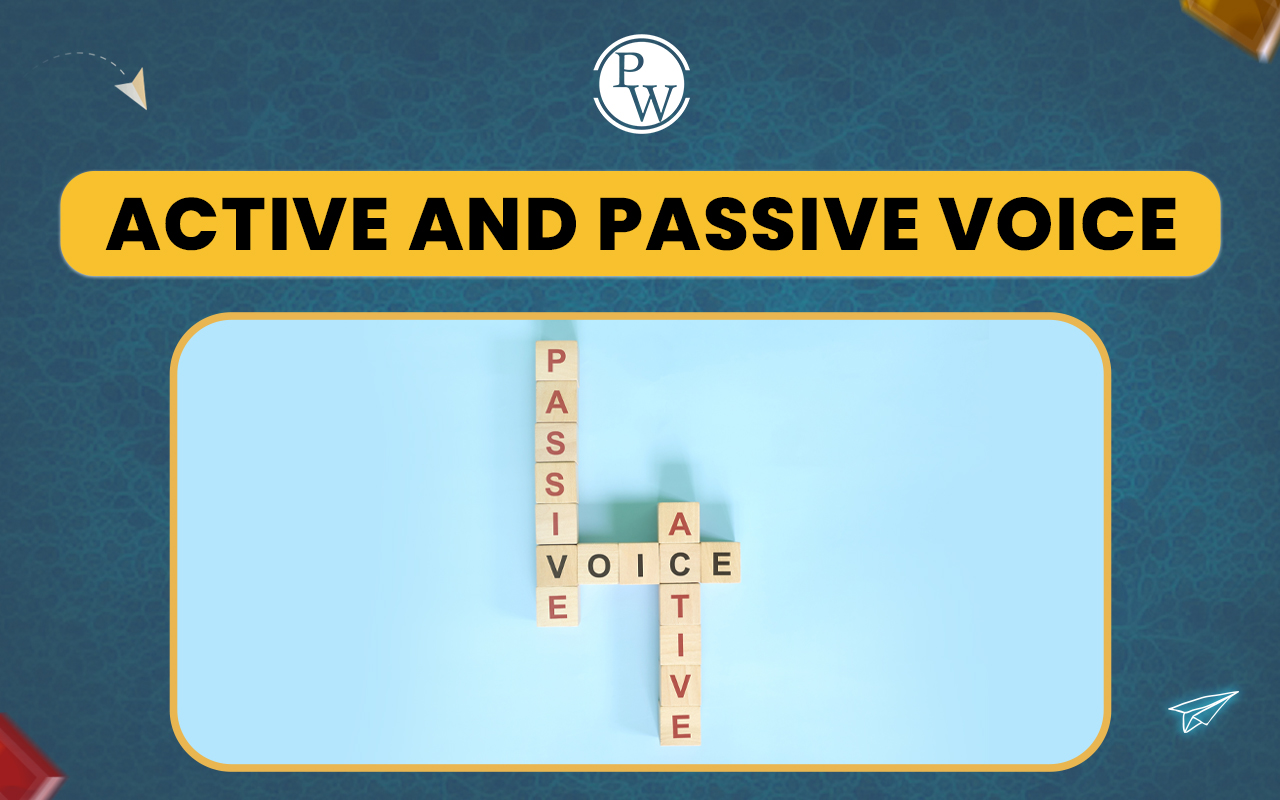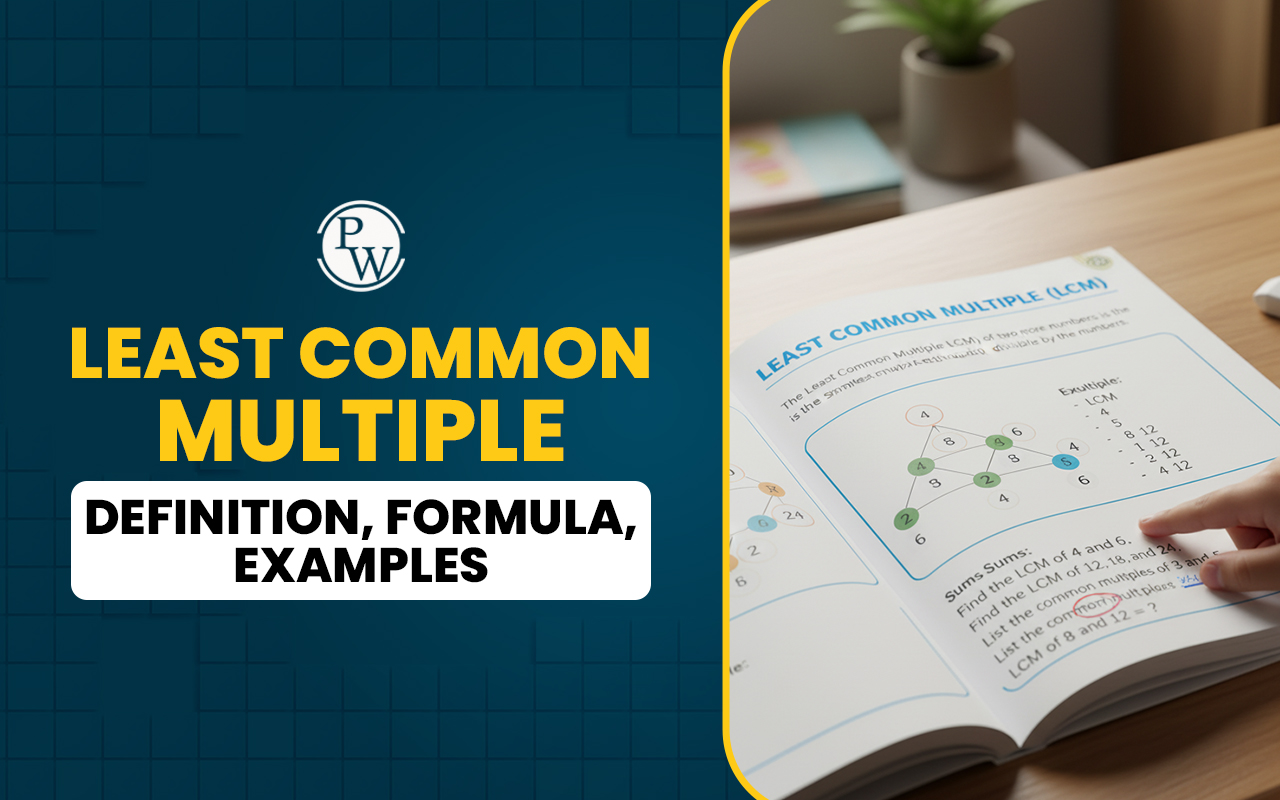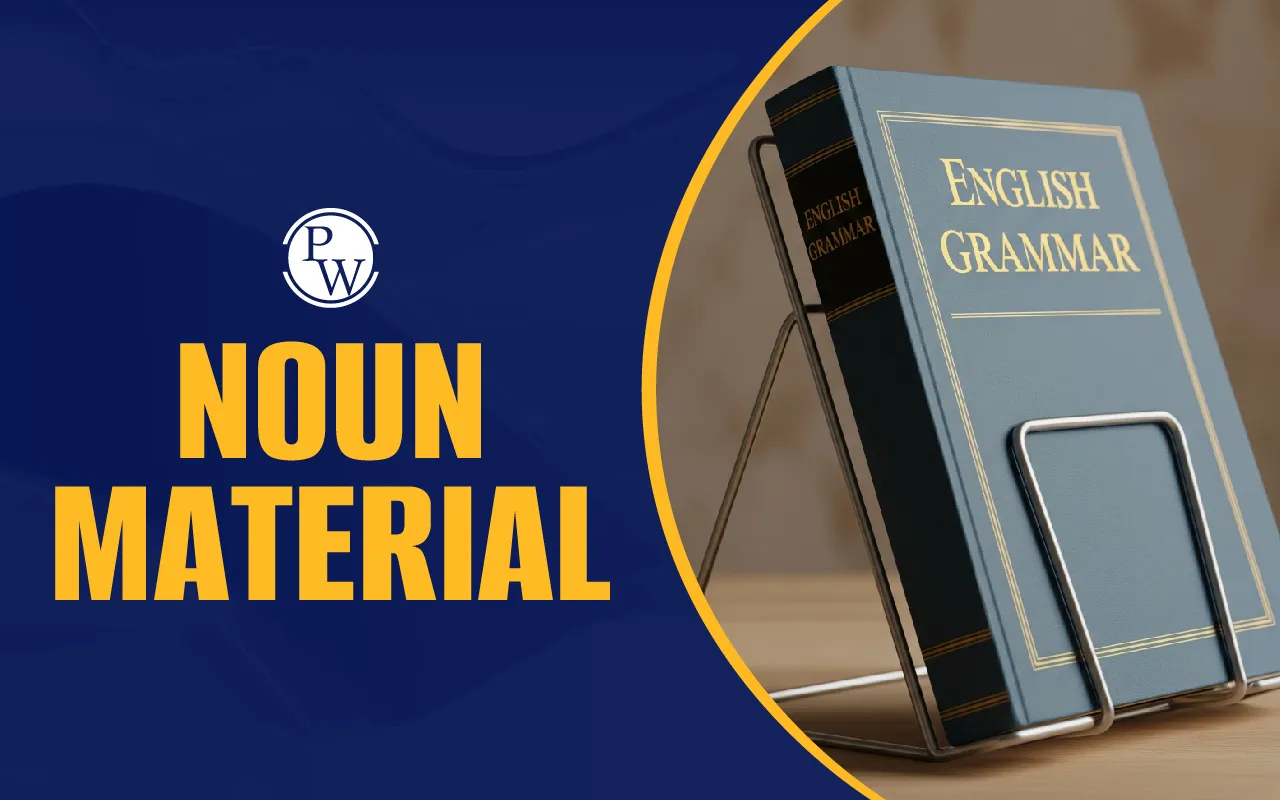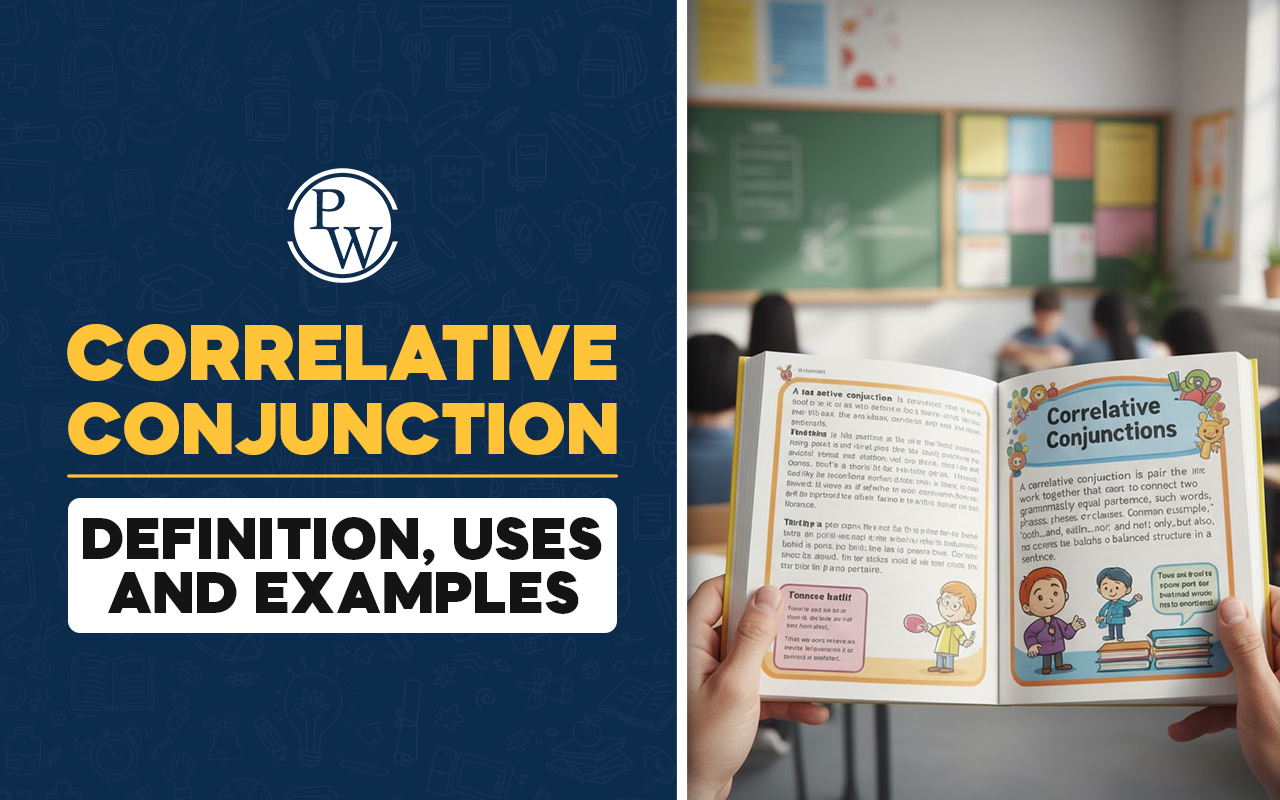

Active and Passive Voice: In English, sentences can be written in two main ways: active voice and passive voice . Both ways tell us who is doing an action, but they structure sentences differently.
- Active Voice : In active voice, the subject of the sentence performs the action. For example, "The cat chased the mouse."
- Passive Voice : In passive voice, the focus is on the action being done, and the subject comes later. For example, "The mouse was chased by the cat."
What is Active Voice?
Active voice refers to a sentence structure in which the subject performs the action of the verb. The sentence follows a simple structure: Subject + Verb + Object . This structure is direct, clear, and makes the sentence more engaging by focusing on the doer of the action.
Examples of Active Voice:
The dog chased the ball.
- Here, the subject (dog) is doing the action (chased) to the object (ball).
She completed the assignment.
- The subject (she) performs the action (completed) on the object (assignment).
I eat breakfast every morning.
- The subject (I) performs the action (eat) on the object (breakfast).
Advantages of Active Voice:
- Clarity : Active voice creates a clear and direct statement, which is easy to understand.
- Engagement : The subject performing the action grabs the reader's attention, making it more engaging.
- Conciseness : Active voice tends to be shorter and more to the point.
What is Passive Voice?
In passive voice , the subject receives the action of the verb rather than performing it. The sentence is structured as: Subject + Form of "to be" + Past Participle + (by + Agent) . The "doer" of the action (known as the agent) is often placed at the end of the sentence, preceded by the preposition "by" (although the agent may sometimes be omitted).Examples of Passive Voice:
The ball was chased by the dog.
- Here, the object (ball) becomes the subject, and the agent (dog) is placed after the verb with the preposition "by."
The assignment was completed by her.
- The object (assignment) is the subject, and the agent (her) is mentioned later in the sentence.
Breakfast is eaten by me every morning.
- The subject (breakfast) receives the action (eaten), and the agent (me) is added at the end.
Advantages of Passive Voice:
- Focus on the Action or Recipient : Passive voice emphasizes the action itself or the recipient of the action rather than the doer.
- Objectivity : It can be useful when you want to remove the focus from the agent, such as in scientific writing or formal reports.
- Unknown or Irrelevant Doer : Passive voice is helpful when the doer is unknown or not relevant to the context.
Read More: Abstract Noun
Active Voice vs Passive Voice: Key Differences
The main difference between active and passive voice lies in the focus of the sentence:- Active Voice focuses on who or what is performing the action (the subject).
- Passive Voice focuses on who or what is receiving the action (the object).
Active vs Passive Voice: A Comparison
| Active Voice | Passive Voice |
|---|---|
| The subject performs the action. | The subject receives the action. |
| The teacher explained the lesson. | The lesson was explained by the teacher. |
| Focus on the doer of the action. | Focus on the action or the recipient. |
Read More: AM and PM
When Should You Use Active or Passive Voice?
Use Active Voice When:
Clarity and Directness : When you want to be clear and direct, focusing on who is performing the action.
- Example : “The manager presented the report.”
Engagement : Active voice is more dynamic and engaging, making it ideal for storytelling, persuasive writing, or everyday communication.
- Example : “The team scored the winning goal.”
Conciseness : Active voice generally leads to shorter, more concise sentences.
- Example : “I wrote the email.”
Use Passive Voice When:
Emphasizing the Action or Recipient : When the action or the recipient of the action is more important than the doer.
- Example : “The book was read by thousands of people.”
Unknown or Irrelevant Doer : When you don’t know or don’t want to emphasize the agent performing the action.
- Example : “The package was delivered this morning.”
Formal or Scientific Writing : Passive voice is common in formal, academic, or scientific writing, where the focus is often on the process or result rather than the person performing the action.
- Example : “The experiment was conducted to test the hypothesis.”
Rules for Changing Active Voice to Passive Voice
Using active and passive voice correctly helps make sentences clear. Choosing the right verb form is key to keeping your message strong. Let’s go over simple rules to get it right every time:Use the Correct Verb Form
In passive voice, always use the past participle form of the main verb. For example, "eat" becomes "eaten," "make" becomes "made." Examples :- Active: "The chef cooks the meal."
- Passive: "The meal is cooked by the chef."
Use "By" to Show Who Is Doing the Action
In passive sentences, we often add "by" before the subject to show who is performing the action. Examples :- "The story was told by the teacher."
- "The song was sung by the children."
Adjust for Different Tenses
To use passive voice in different tenses, change the helping verb to match the time of the action. Examples:- Present Tense : "The homework is completed by the students." (is shows present time)
- Past Tense : "The homework was completed by the students." (was shows past time)
- Future Tense : "The homework will be completed by the students." (will be shows future time)
Active and Passive Voice Examples for Practice
Here are some examples to see the difference between active and passive voice in various sentences:Active Voice Examples
- The dog chased the ball.
- She sings a beautiful song.
- The chef prepares the meal.
Passive Voice Examples
- The ball was chased by the dog.
- A beautiful song is sung by her.
- The meal is prepared by the chef.
Active and Passive Voice Fun Activity
Try converting these active sentences into passive voice:- The gardener waters the plants.
- The cat catches the mouse.
- She writes a letter.
Active and Passive Voice Practice Activity
Read the sentences below and guess if they are in active or passive voice.- The book was read by the class
- They bake cakes every weekend.
- The homework was completed by Alex.
- The ball was thrown by the player.
- The cake is baked by grandma.
- He paints beautiful pictures.
Why Learning Active and Passive Voice Is Important
Learning active and passive voice makes it easier to:- Write clearly : Active voice helps you make your sentences clear and direct.
- Shift focus : Passive voice is useful when you want to focus on the action or the object, not the doer.
- Sound formal : Passive voice is common in formal writing, like science reports or instructions, because it sounds objective and impersonal.
Active and Passive Voice Quick Facts
Here are some cool facts about using active and passive voice!- Active voice sentences are usually shorter and easier to understand.
- Passive voice sentences are longer and focus on the action instead of who did it.
- In news stories , passive voice is often used when we don’t know who did the action or when it doesn’t matter, like “A car was stolen last night.”
- School reports or science writing sometimes use passive voice to sound more formal and focus on the action.
Active and Passive Voice FAQs
Can every sentence be changed from active to passive voice?
Which voice should I use for storytelling?
Why is passive voice common in science and academic writing?
How can I tell if a sentence is in passive voice?
Does passive voice always use by to show the doer?












